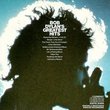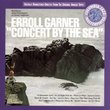| All Artists: Art Pepper Title: Discovery Sessions Members Wishing: 1 Total Copies: 0 Label: Savoy Jazz Original Release Date: 9/21/1999 Release Date: 9/21/1999 Genres: Jazz, Pop Styles: Cool Jazz, Modern Postbebop Number of Discs: 1 SwapaCD Credits: 1 UPCs: 795041704924, 075679284624, 0795041704924, 795049284626 |
Search - Art Pepper :: Discovery Sessions
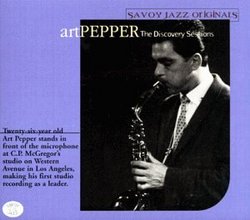 | Art Pepper Discovery Sessions Genres: Jazz, Pop
Those familiar with Art Pepper's later and more heavily orchestrated works will be surprised by the sparseness of these early sessions, the first that Pepper ever cut as a leader. After serving in the armed forces between ... more » |
Larger Image |
CD DetailsSynopsis
Amazon.com Those familiar with Art Pepper's later and more heavily orchestrated works will be surprised by the sparseness of these early sessions, the first that Pepper ever cut as a leader. After serving in the armed forces between 1944 and 1946, Pepper got a job with Stan Kenton's band. This, and a 1951 Downbeat poll that placed him second only to Charlie Parker as Best Alto Sax Player, caught the attention of Albert Marx, who owned Discovery Records. During the following year-and-a-half, Pepper cut several sessions for the label, and it's those recordings that make up this CD. Although the personnel varied with each incarnation of the band, the basic makeup was the same: a small-piece unit, featuring sax, piano, bass, and drums, based roughly on the ideal founded by the classic bebop quartets and quintets in the early '40s. In fact, it's quite evident listening to these sessions that this was one of the last stands of bebop as bebop alone. Pepper has often been lumped with the "cool" stylings of the West Coast wave, and listening to his dulcet tones on the "Misty"-like "What's New (Alternate)," it's easy to sense the whole softening that jazz was going through at the time (after the frenetic acceleration of Bird, Bud, and Monk). Pepper's sax was a soft sob, punctuated by measured blows and a genuine remorse that was hard to hide. But at this point, his primary springboard was still the highly mathematical style of Bird, Bud, and Monk. In any event, he helped pave the way for the whole West Coast wing, including Jack Sheldon, Shelly Manne, Shorty Rogers, Barney Kessel, Gerry Mulligan, and Chet Baker. In the meantime, he came closer than almost anybody in evoking the majesty of Charlie Parker--perhaps the century's greatest musician--on tracks like the great "The Way You Look Tonight" (which is better than Coltrane's version). As these cuts were recorded in order, one gets the sense that Pepper's style was evolving quickly, as on "Cinnamon" and "What's New" where, as a soloist, he seems to be growing by leaps and bounds. --Joe S. Harrington Similarly Requested CDs
|
CD ReviewsAn Early Art Forum William Faust | Columbus, Ohio | 12/16/2000 (5 out of 5 stars) "I really like this disc. These are recordings from the early 1950's before Pepper become a phenomenon in the world of jazz, especially the west coast cool scene, and before his well publicized legal problems. This recording quality is superb and features 21 tracks (including a few alternate takes). While it's primarily a bop collection within a quartet setting, many of the tunes have solid swing roots (ie. Tickle Toe) and when a tenor is added to form the quintet, you can clearly hear some harmonic structure that starts to foreshadow the later west coast cool genre. The ballads are very sweet with Pepper's alto sounding more soft and warm than his major influence, Charlie Parker. Highly recommended." Damn he was good!! Best early Art you will find. J. Bewley | San Diego, CA | 01/17/2005 (5 out of 5 stars) "Art Pepper is joined here by many fine West Coast musicians of the day, and turns out performance after performance of great jazz. The remastering is the best, so there is no issue there.
For the money it's what every collector is looking for. jb" |

 Track Listings (22) - Disc #1
Track Listings (22) - Disc #1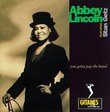

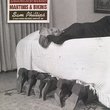



![No Need to Argue [IMPORT]](https://nationalbookswap.com/cd//m/76/4376/204376.jpg)
